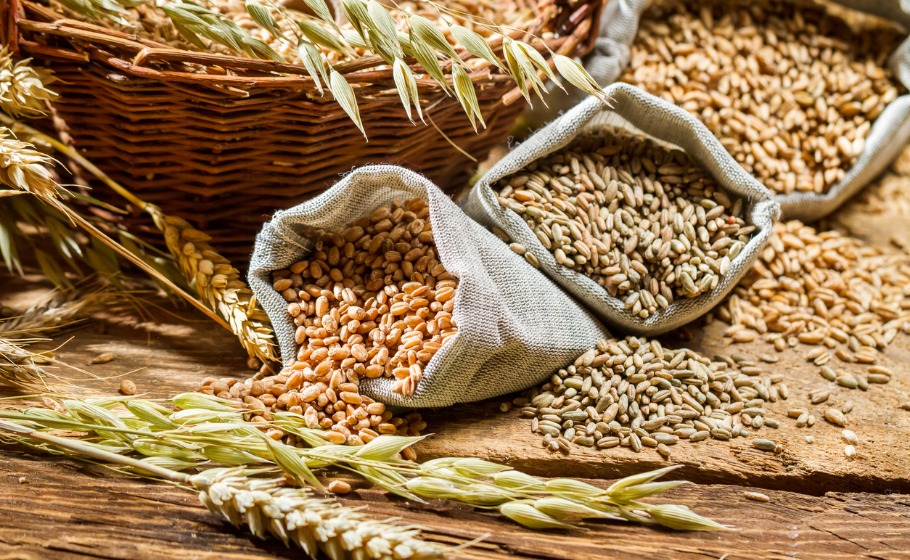
Niti Aayog suggests lowering coverage of food security law to cut bill
The coverage of National Food Security Act, 2013 must be scaled down to 60% in the rural areas and 40% in urban areas to help save up to ₹47,229 crore annually, the government think-tank NITI Aayog has recommended.

The coverage of National Food Security Act, 2013 must be scaled down to 60% in the rural areas and 40% in urban areas to help save up to ₹47,229 crore annually, the government think-tank NITI Aayog has recommended.
Currently, 75% of the rural population and 50% of urban population come under NFSA’s coverage, with the Act covering 67% of the total Indian population.
The recommendations were mentioned in a discussion paper in which the think-tank further suggested updating the population level, reported The Indian Express quoting sources. The population level is at present based on Census 2011.
About 2.37 crore Antyodaya Anna Yojana households are entitled to 35 kg foodgrains each per month under the NFSA while about 70.35 crore priority households get 5 kg per person per month. The Planning Commission, which preceded Niti Aayog, determined the coverage ratio based on 2011-12 data which has not been revised since 2013, said the report.
According to it, the discussion paper justified the reduction in scope stating the growth and development witnessed in the past decade. And the savings can be used in other important sectors like health and education, recommended the think-tank.
It is estimated that coverage will increase to 89.52 crore from the current 81.35 crore if the coverage ratio of 75-50 remains same and the population level is updated. But, a reduction to 60-40 will bring down the beneficiaries figure to 71.62 crore, estimated the paper which was prepared after rounds of discussion lead by Aayog member Ramesh Chand.
Related news | Foodgrain production set to touch a record high, reveals Govt estimates
However, there has been no formal proposal regarding the recommendations and changes can be done only by the Parliament, not any department, the report quoted a food ministry official as saying.
Prior to this, a report by the Shanta Kumar Committee had recommended a reduction in the coverage ratio from the total 67% to 40%, the report recalled. For 2020-21, the food subsidy bill has touched 4.22 lakh crore, it pointed out citing the revised estimates.


